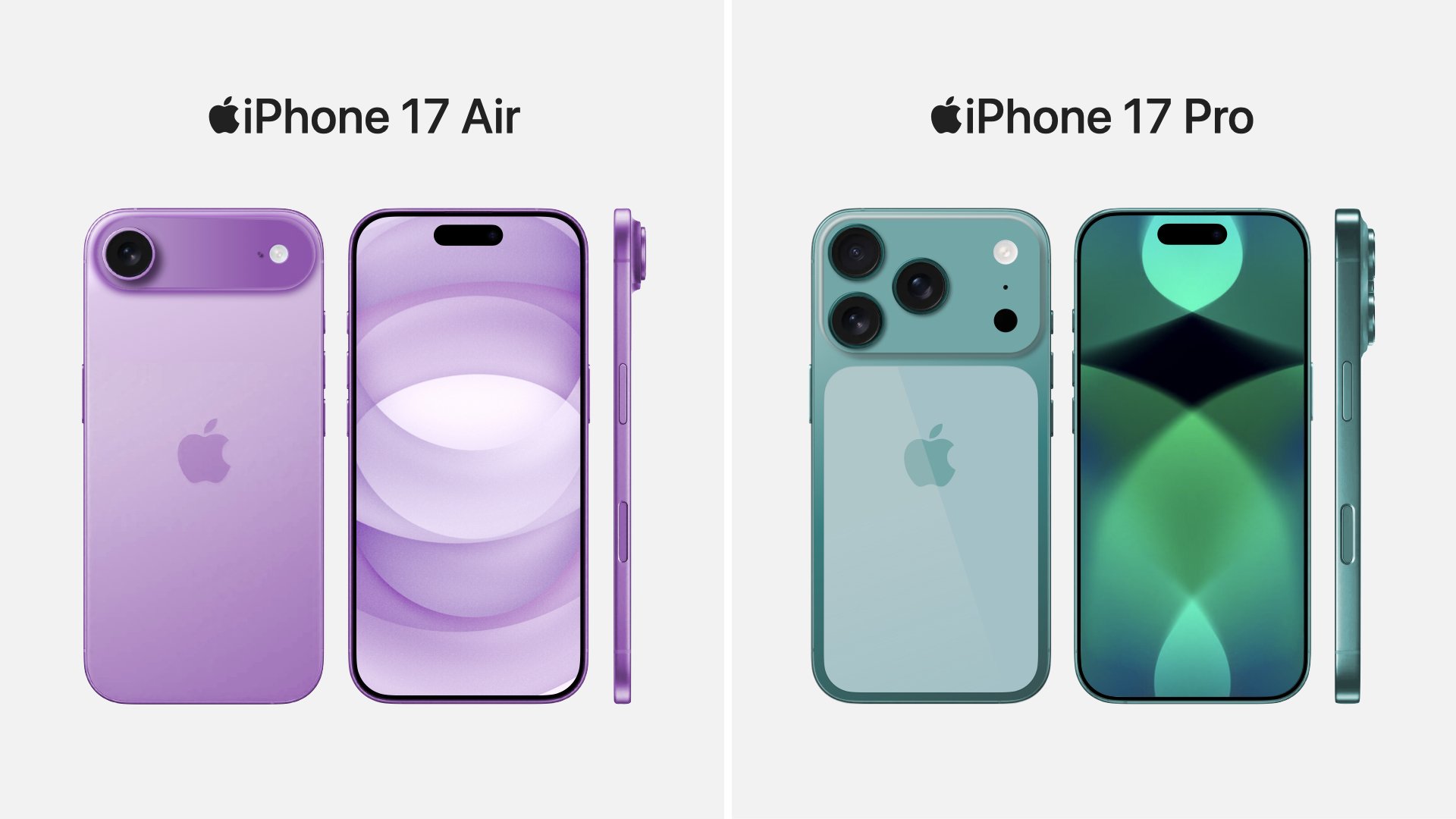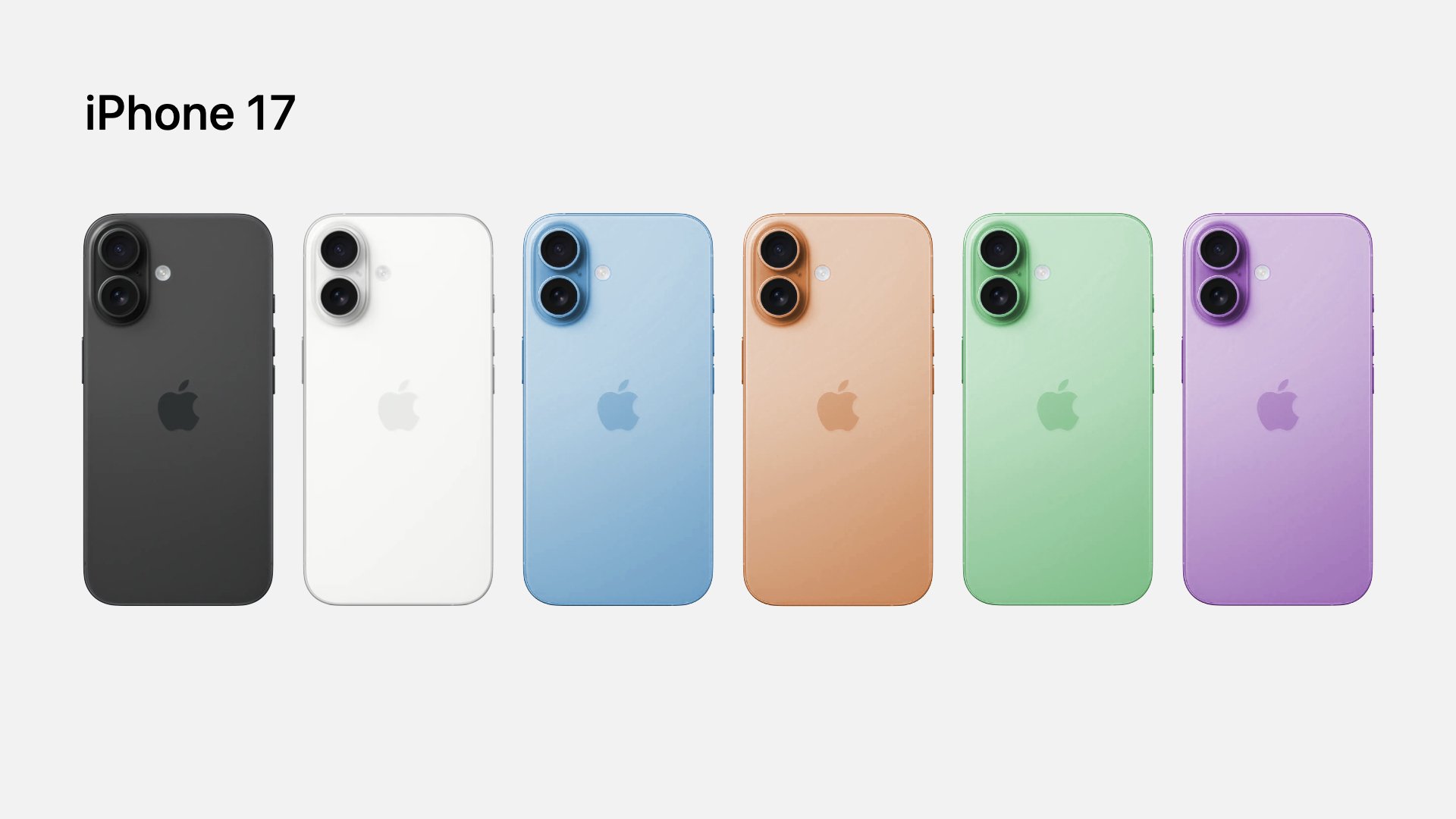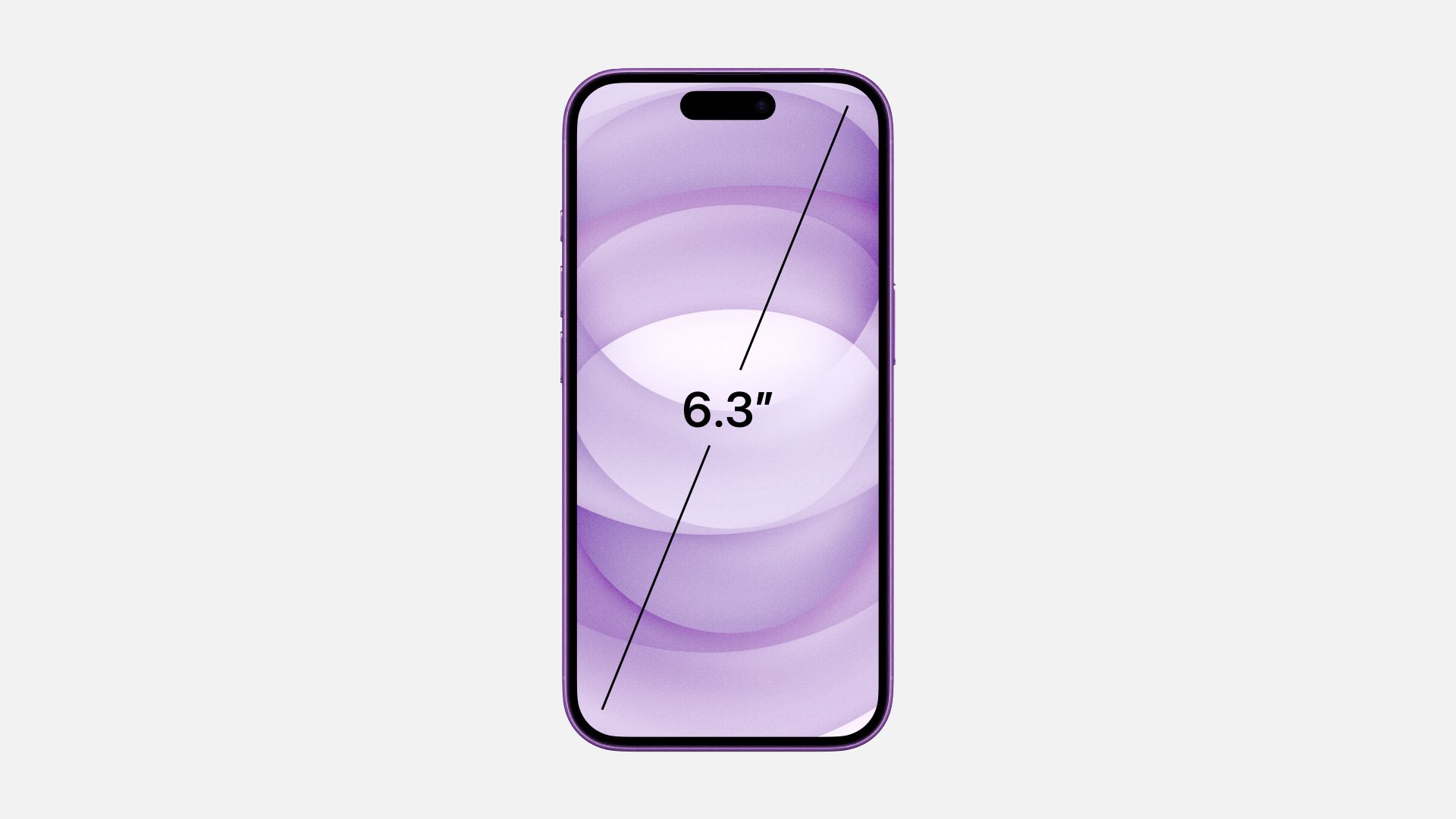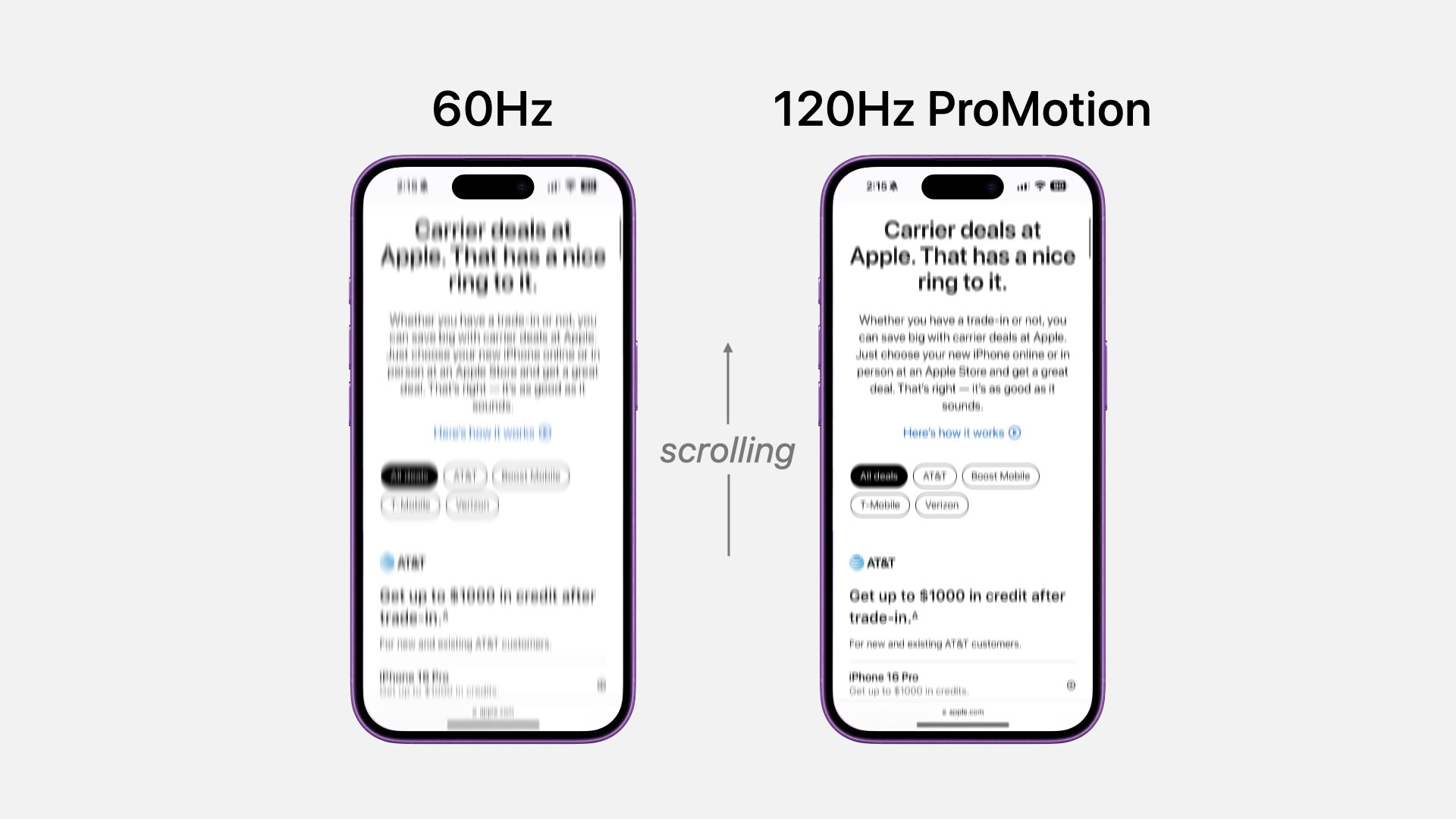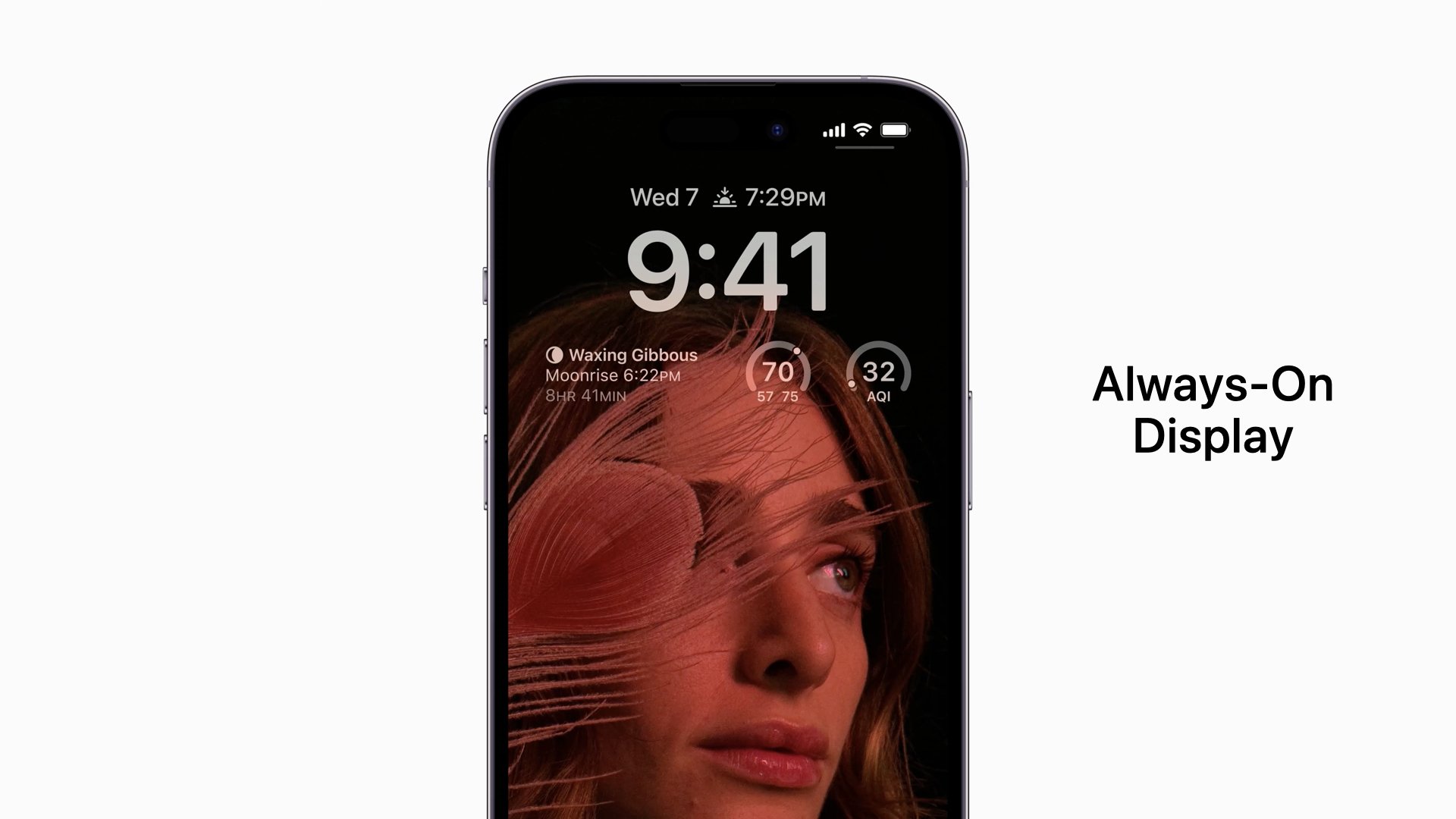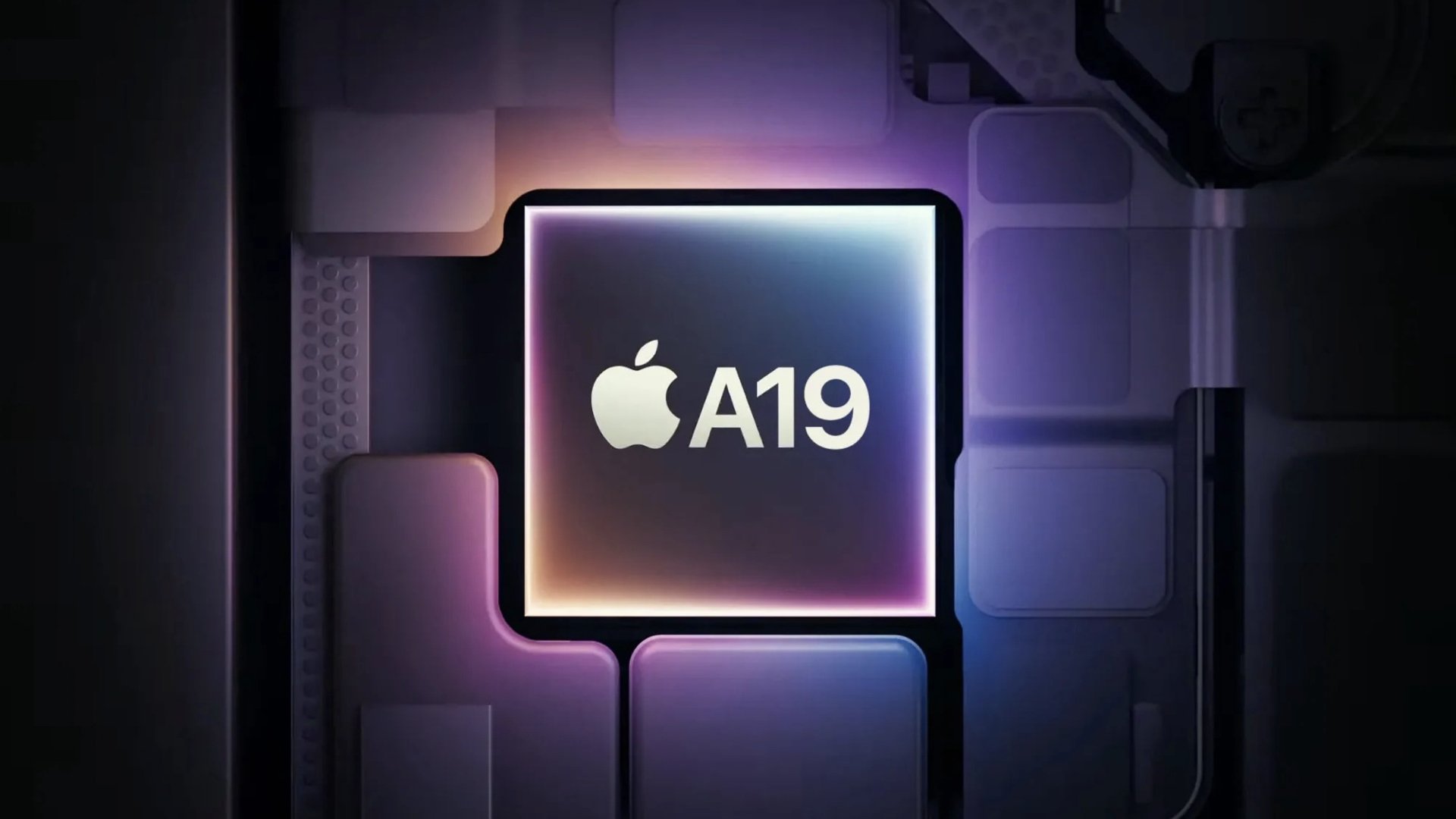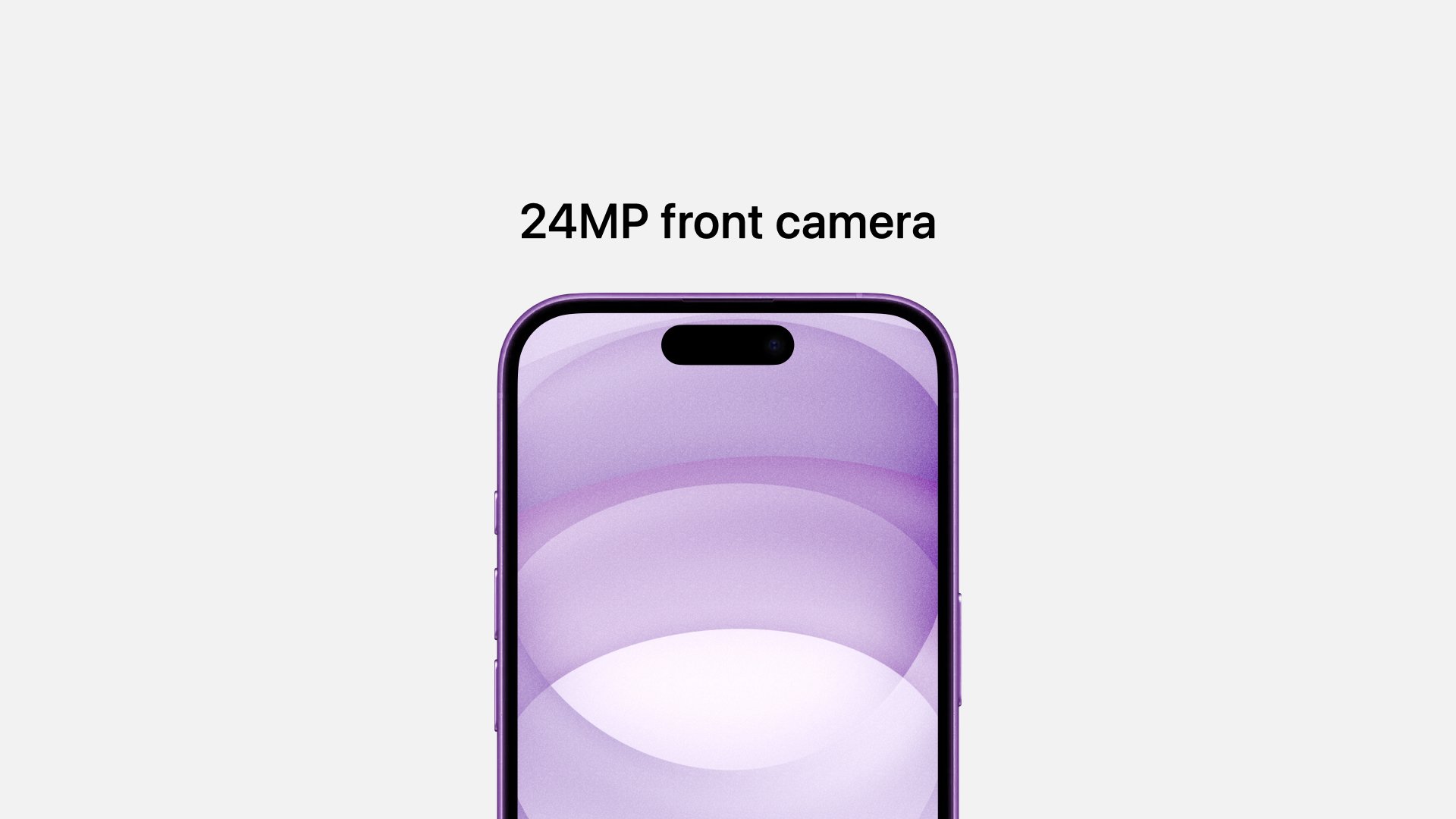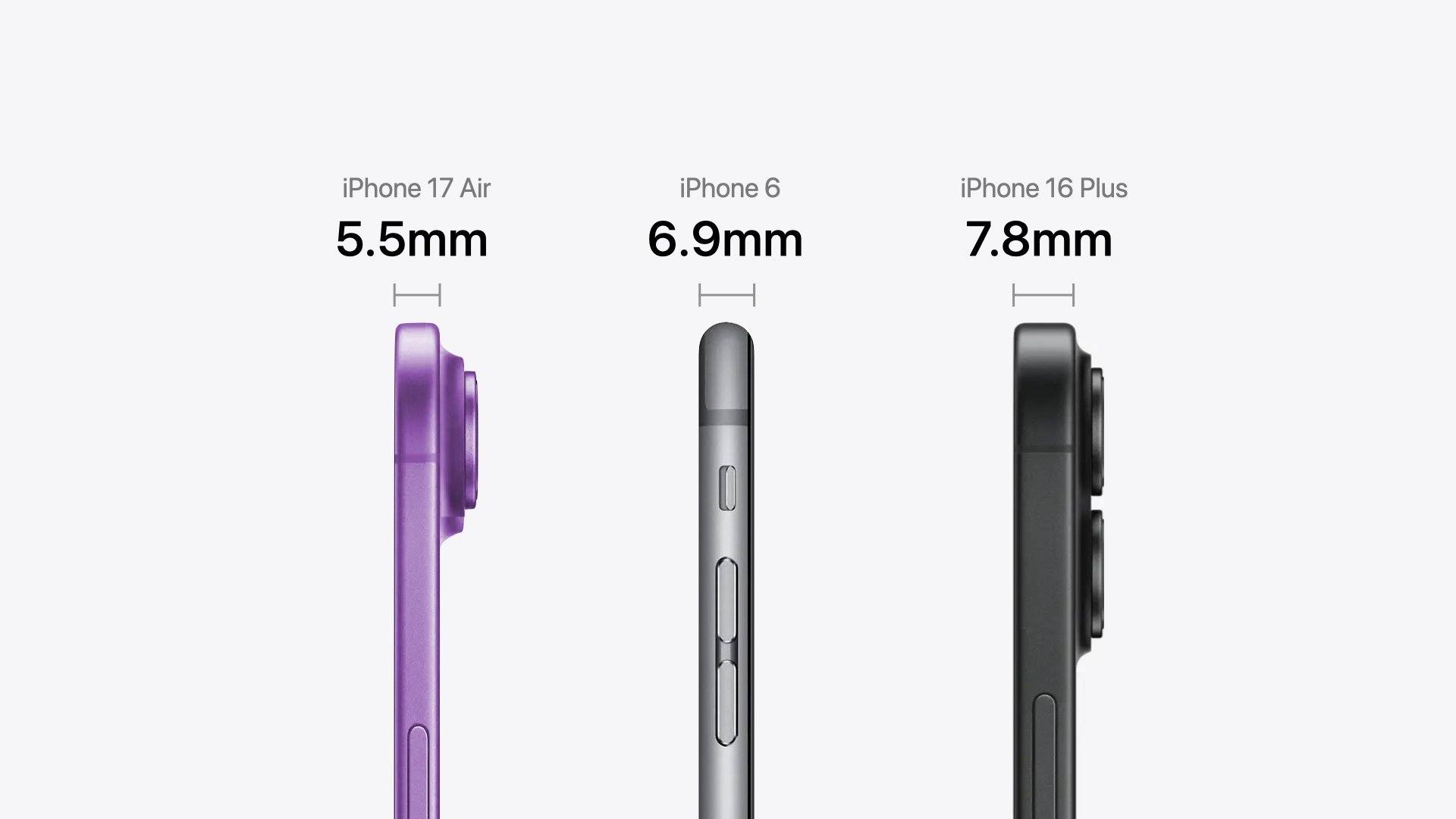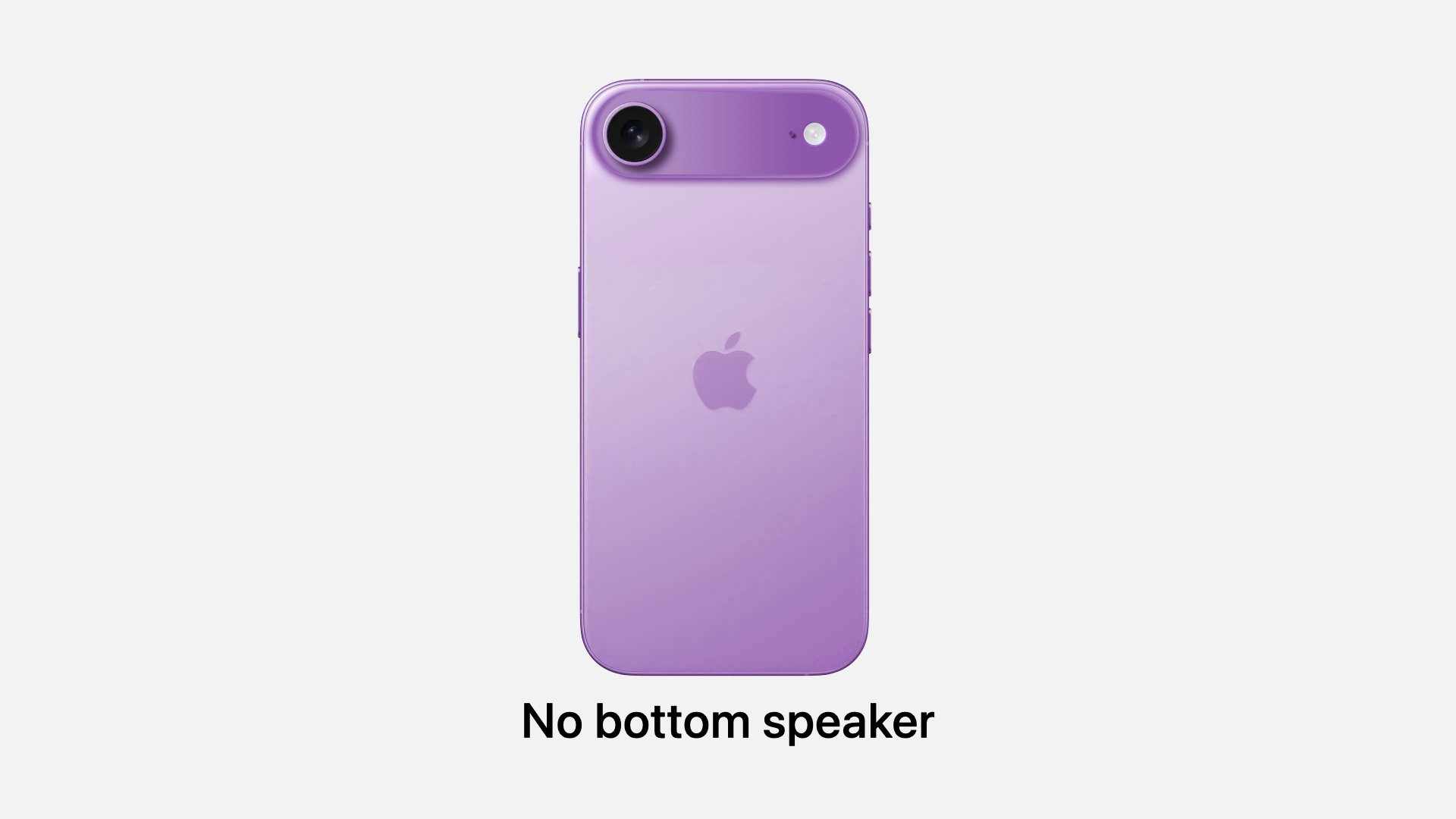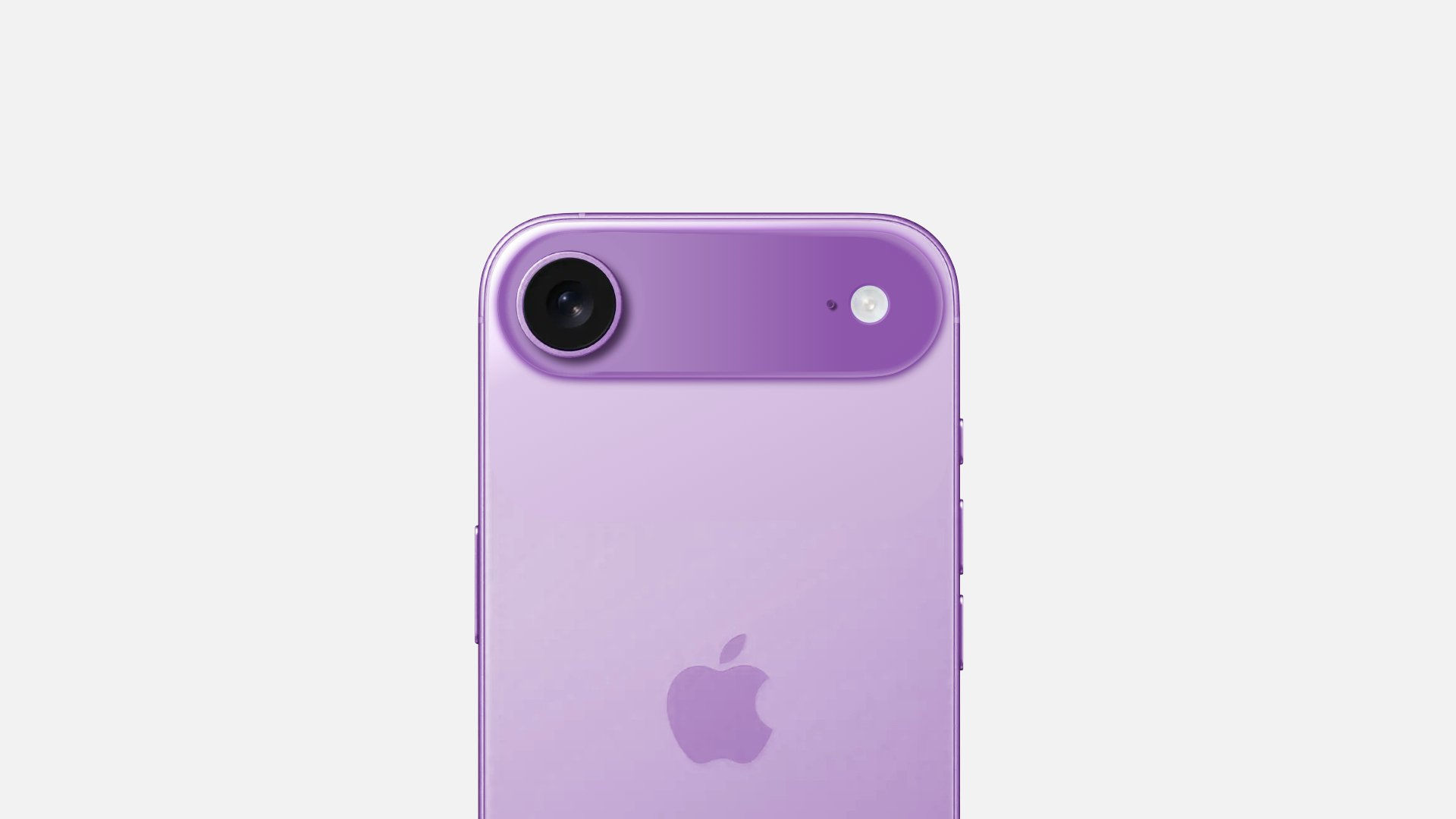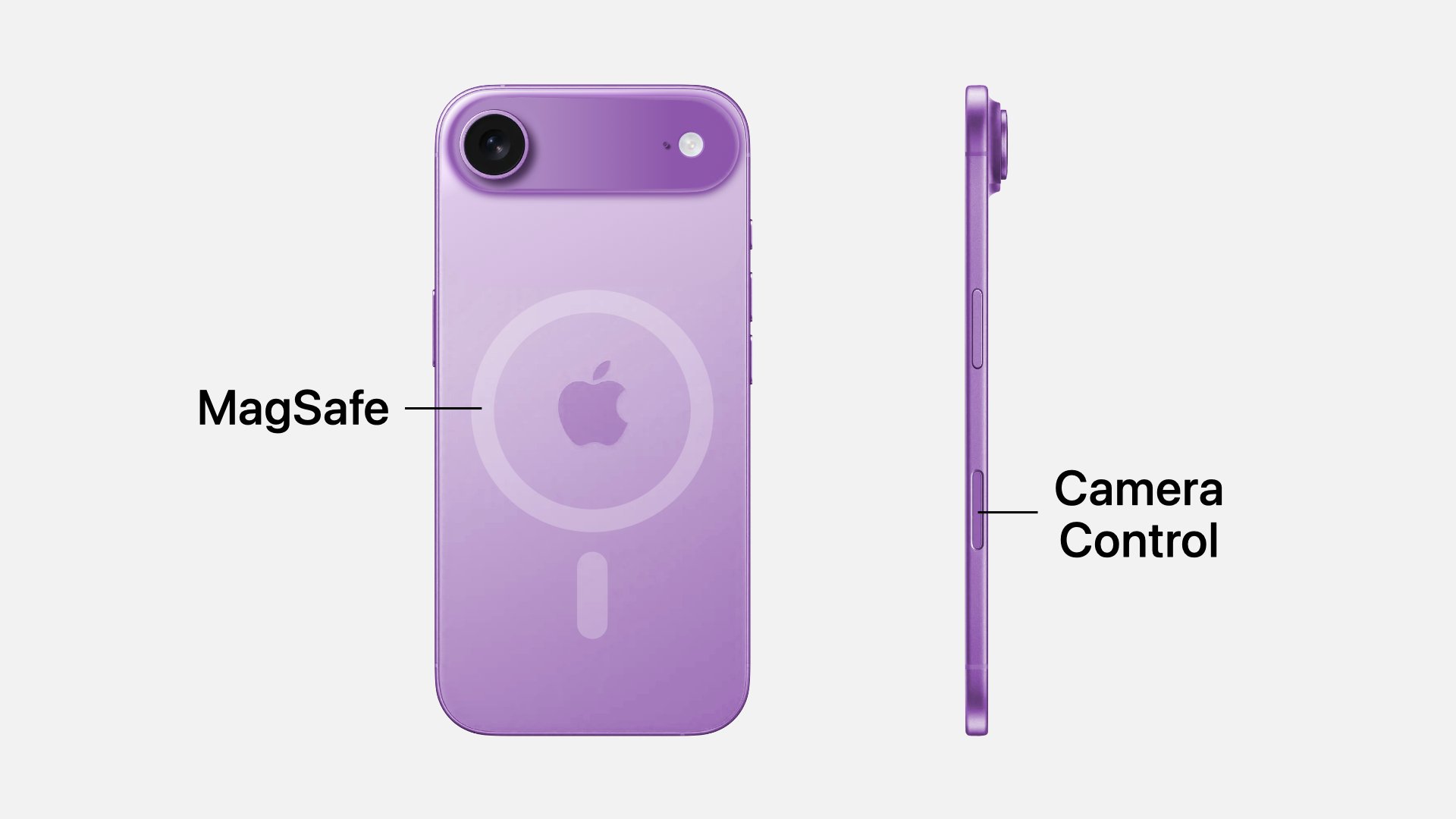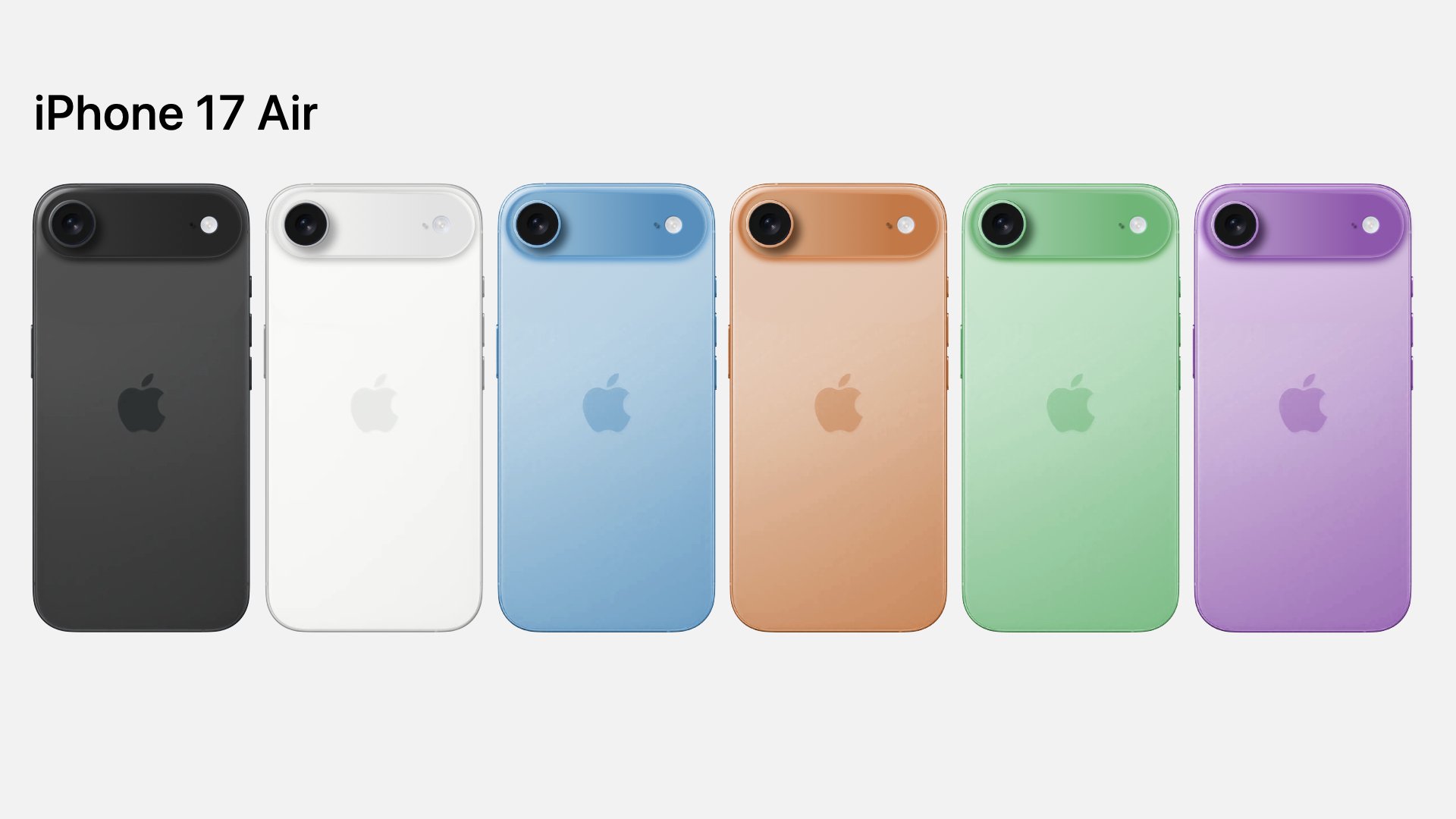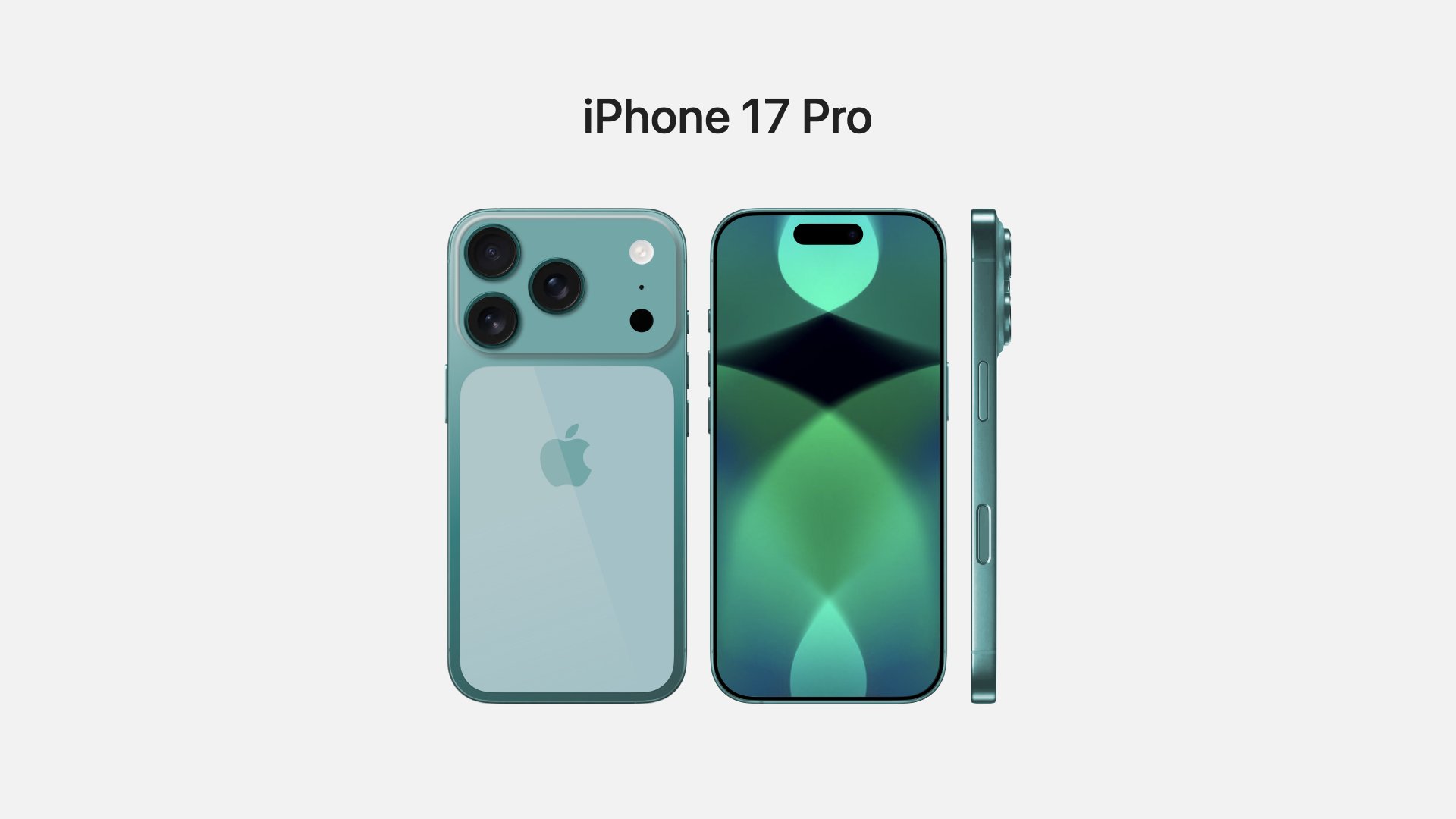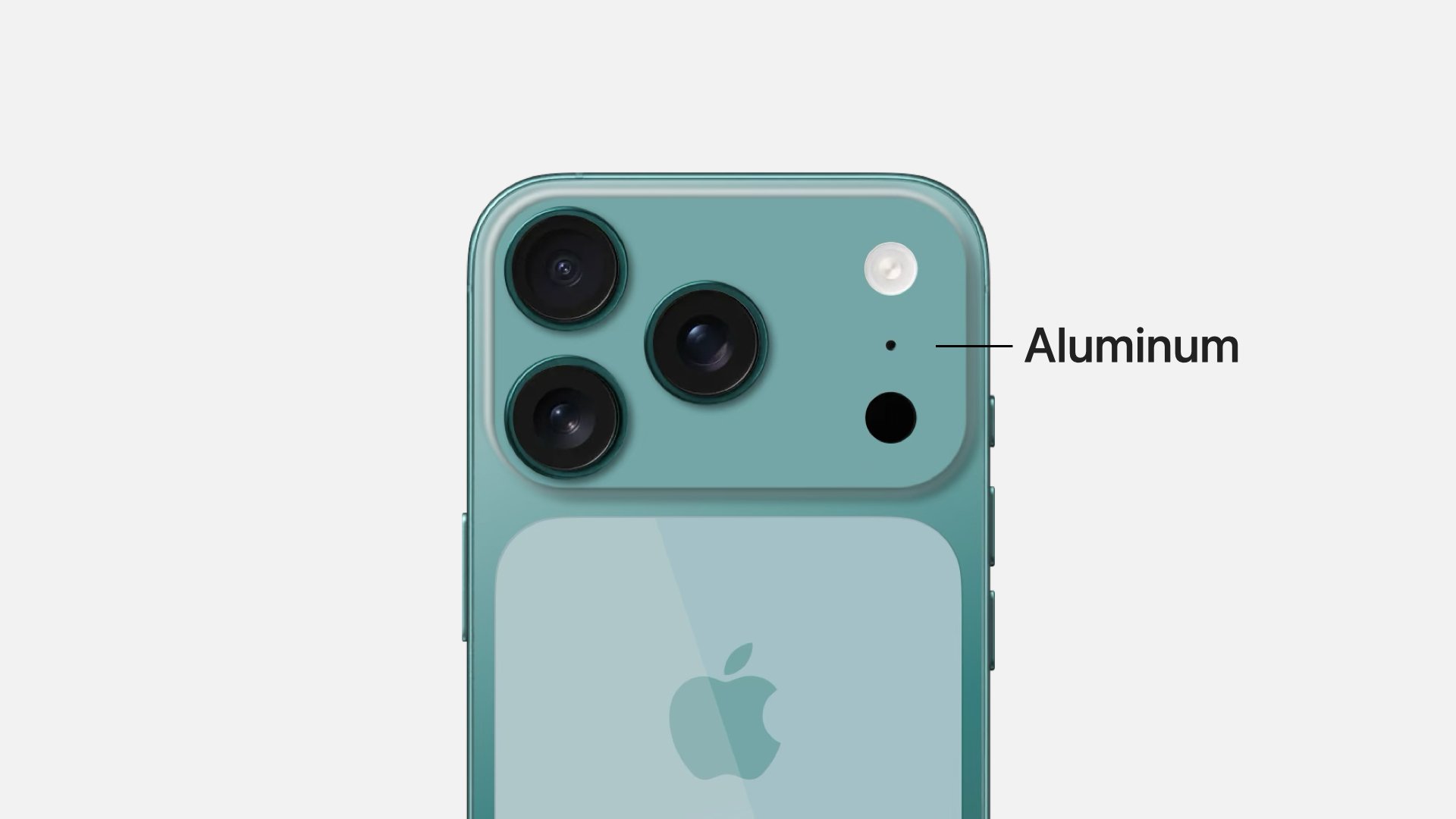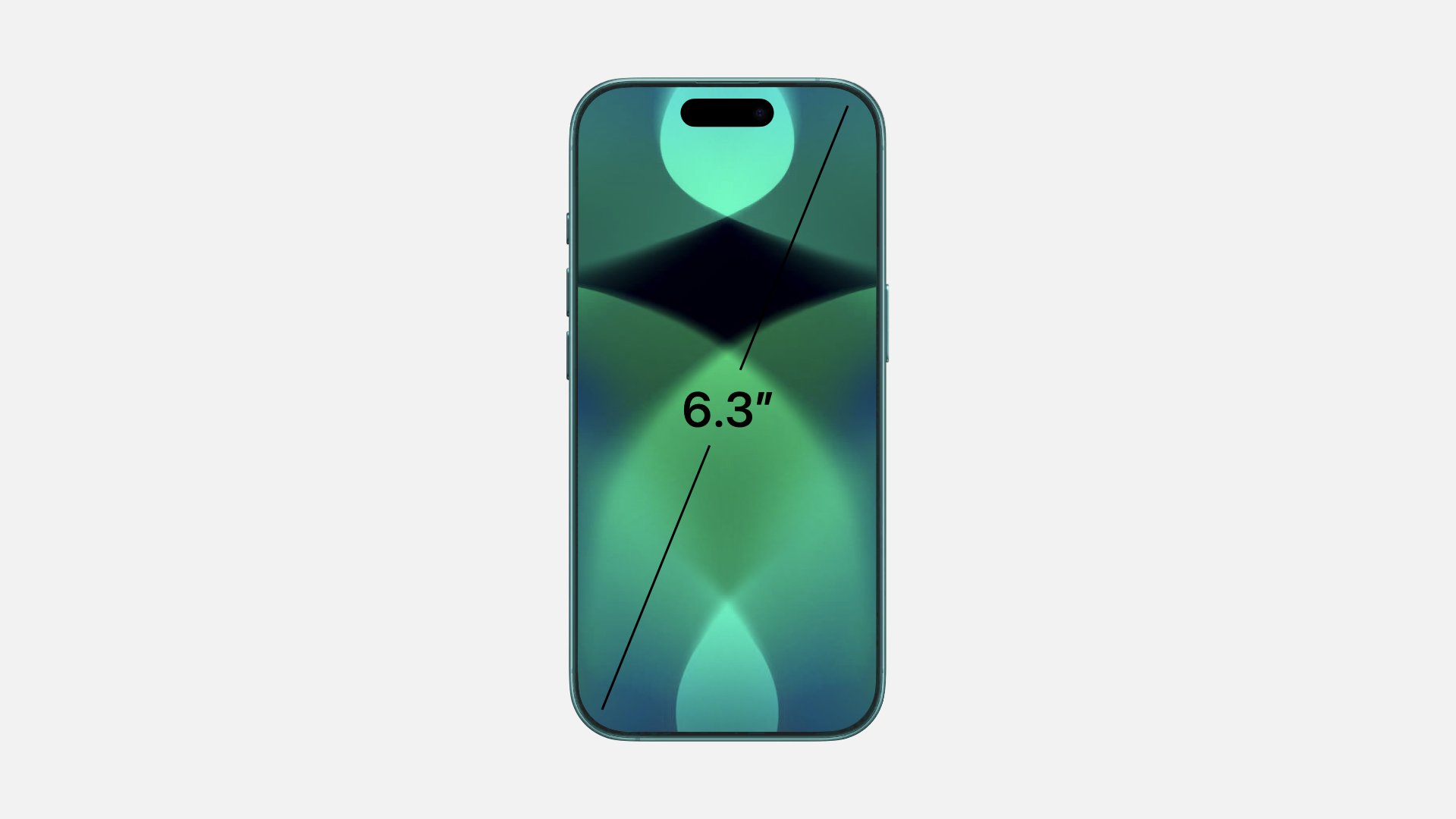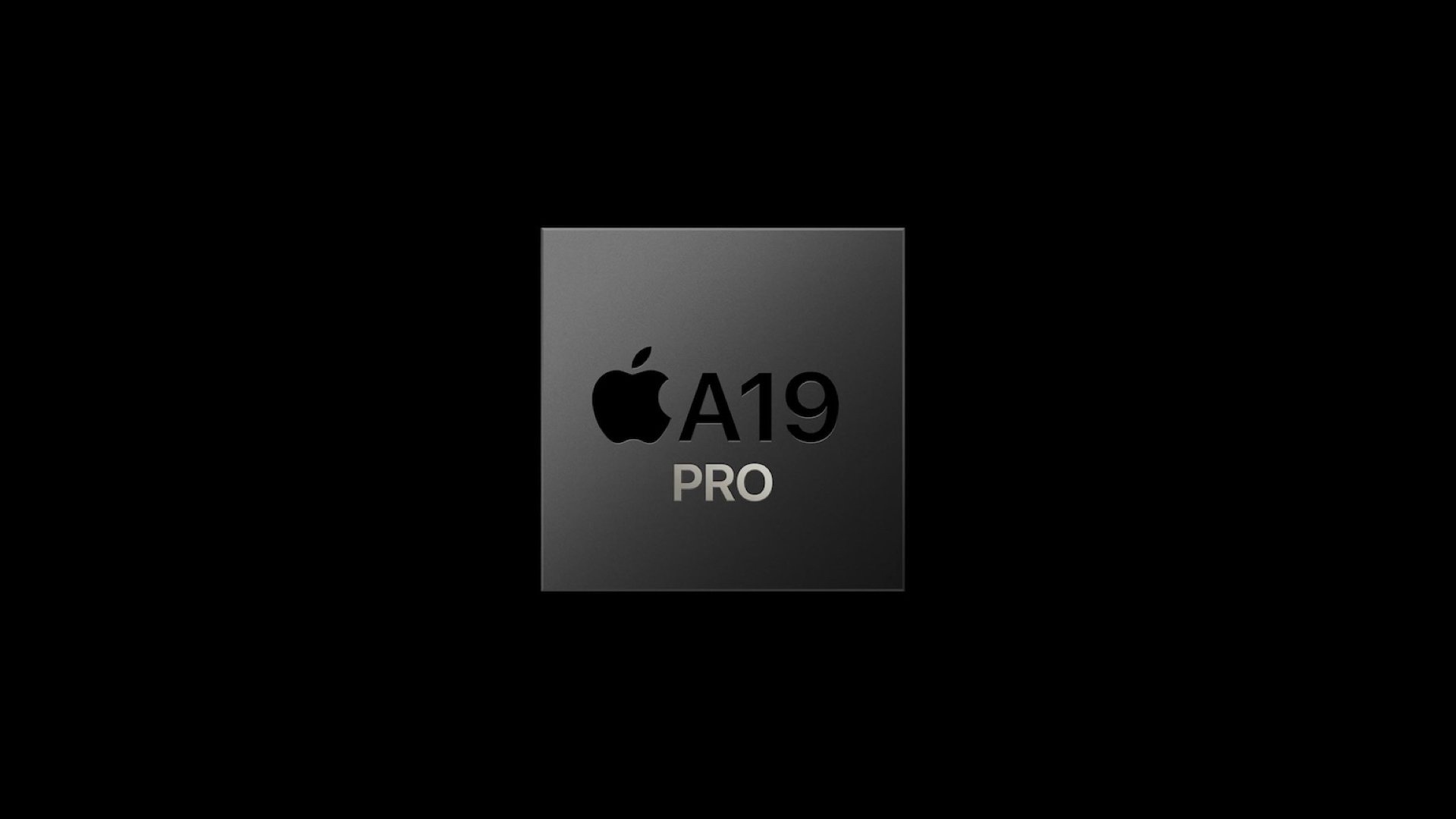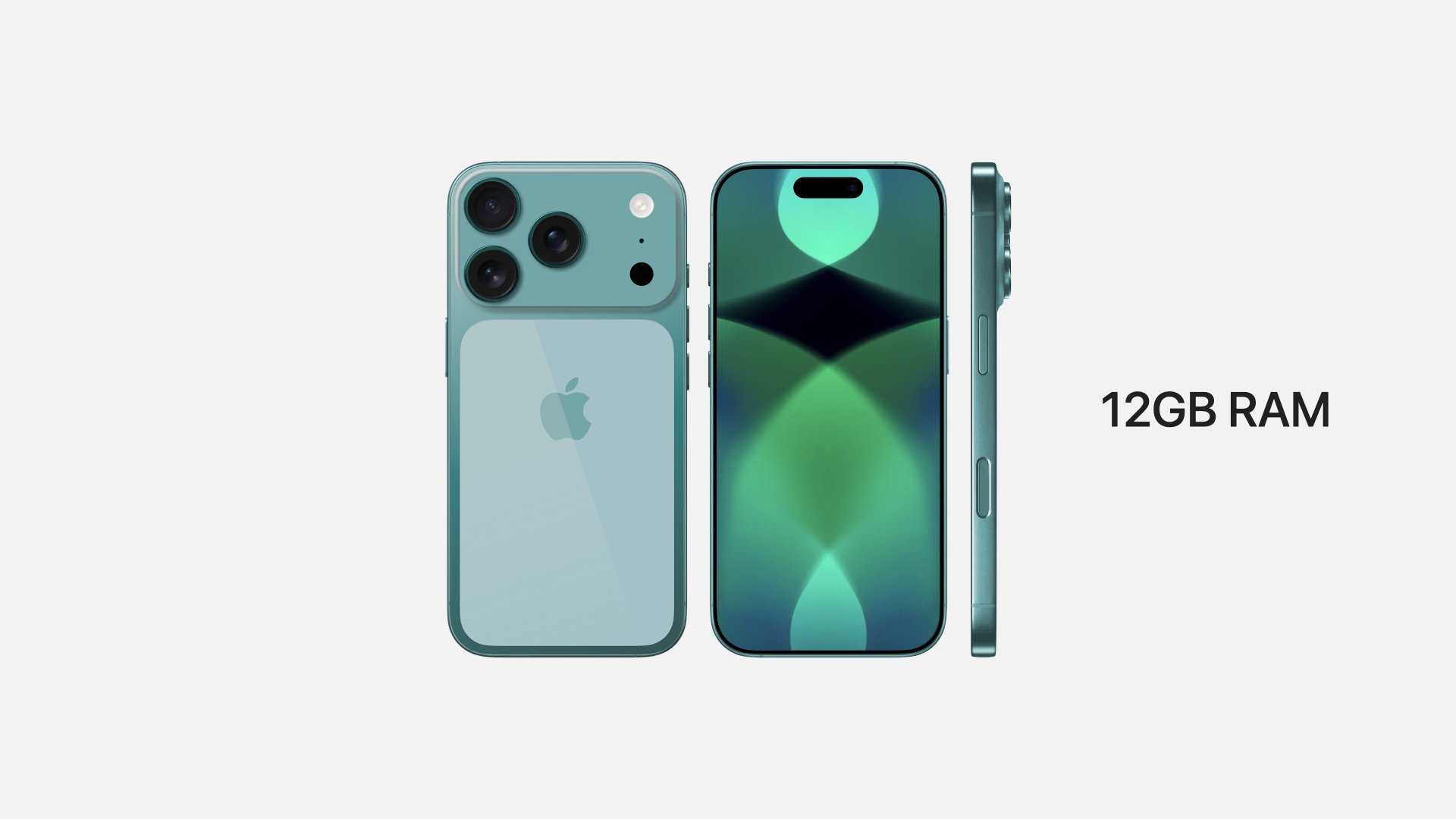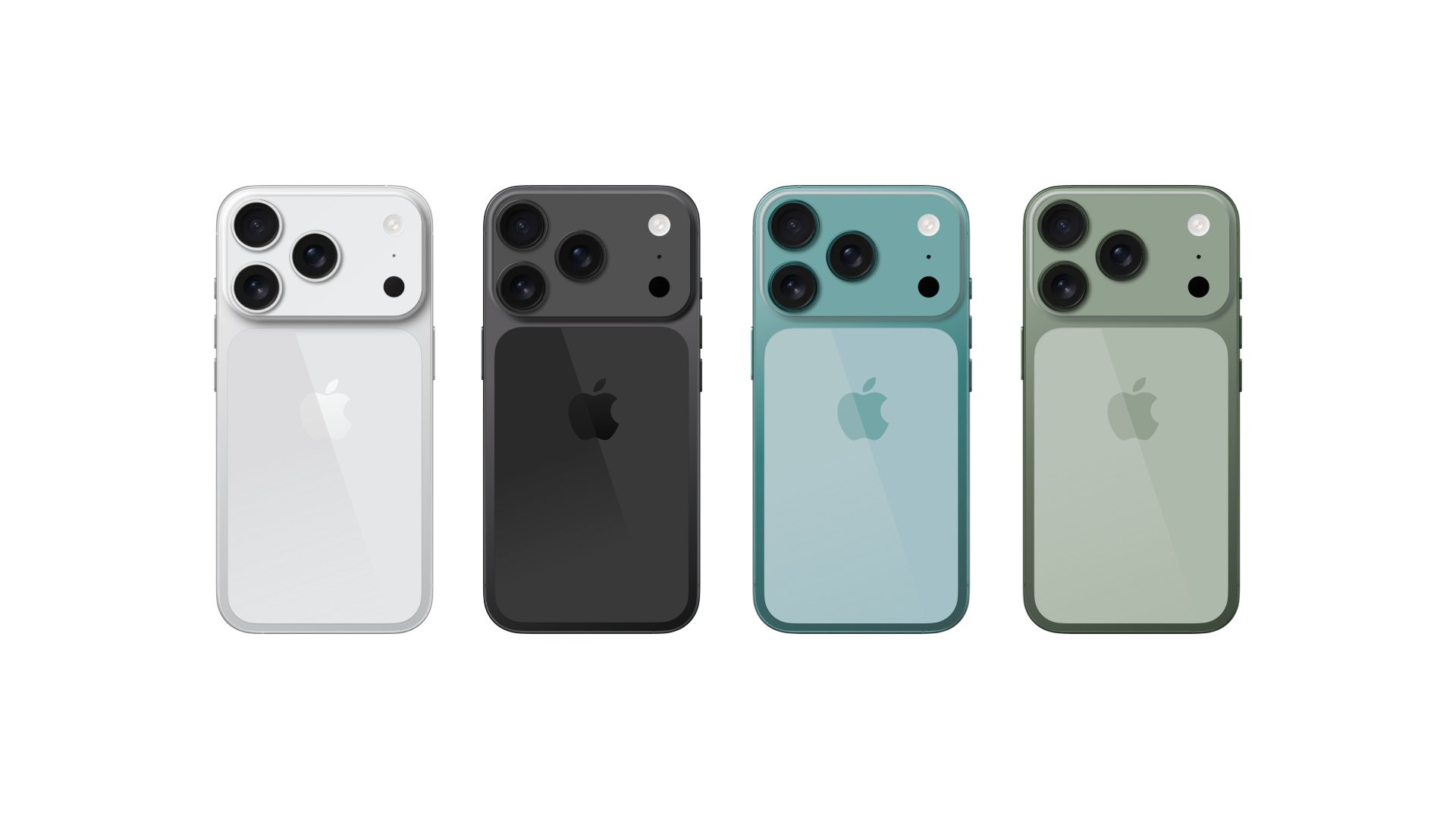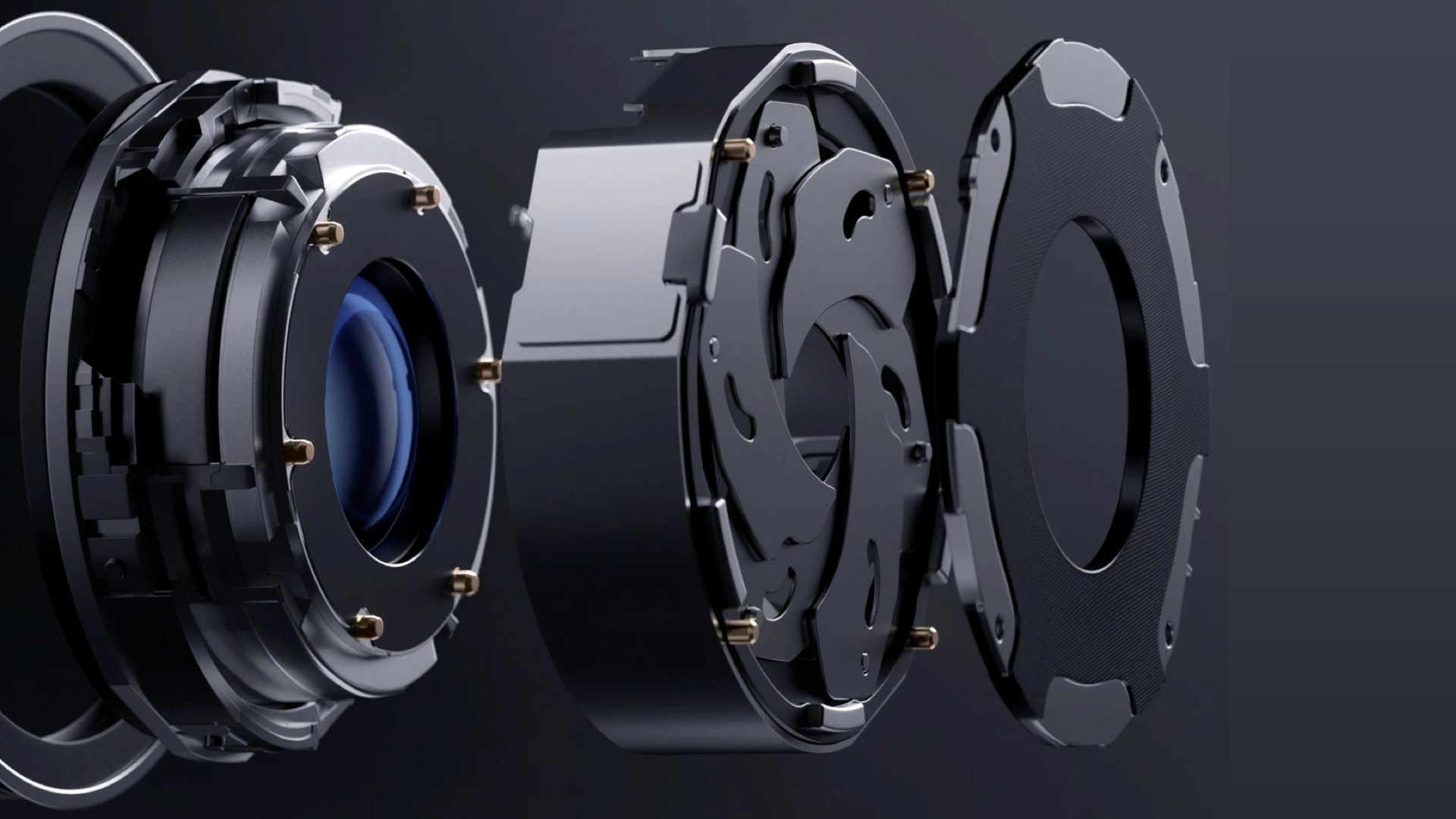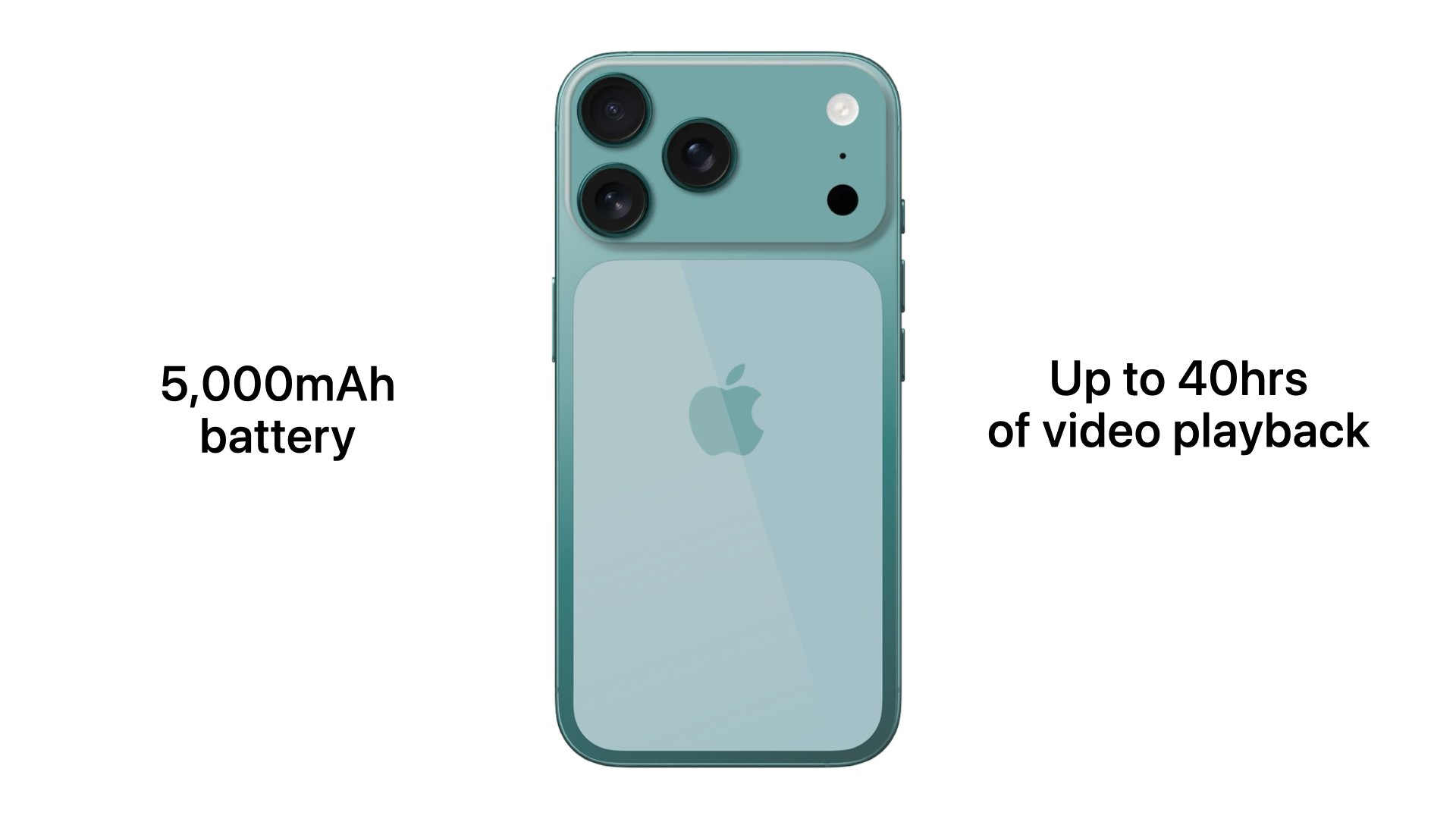iPhone 17: What To Expect
In about six months, Apple will introduce iPhone 17. And based on current rumors, here’s what you can expect.
The standard iPhone 17 will have the same design as the 16, but come in new colors. Likely purple, green, orange, blue, white, and black.
Its display will be slightly larger, at 6.3” instead of 6.1”. And 30% brighter. Reaching 1,300 nits, instead of 1,000.
The 17 will use the same LTPO panel as the previous Pro models, which will bring ProMotion to the entry model iPhones for the first time. Delivering a 120Hz refresh rate for smoother scrolling and system animations. Compared to the 60Hz that we’ve been stuck with for several years.
Now because ProMotion features a variable refresh rate as low as 1Hz, it’ll likely also allow for always-on functionality. Letting users see the content of their lock screen without having to wake the display. Plus a new super-tough, anti-reflective glass layer will be more scratch resistant than the Ceramic Shield used on current iPhone models. Although it’s unlikely to affect shatter-resistance when dropped.
An improved A19 chip should deliver 5-10% better power efficiency and 5% better performance compared to iPhone 16’s A18 chip. And a custom wifi chip design by Apple could deliver better power efficiency and more reliable wireless connectivity.
Similar to what we saw with their custom cellular modem called C1. It was introduced with the 16e and is expected to be included in all iPhone 17 models. Improving the modem’s power efficiency by 17-24%.
And while the rear camera system will likely remain unchanged, the front camera will see a big upgrade to 24MP instead of 12. Allowing it to capture higher resolution photos. The iPhone 17’s starting price is expected to be the same as the 16, at $799.
Now on the the 17 Plus, which will actually be called the 17 Air. Allegedly the ‘Plus’ iPhone models haven’t been selling well in recent years. So Apple’s taking a different approach with this new model.
Instead of simply delivering a larger display, the 17 Air will make some compromises to achieve a super-thin design. At 5.5 millimeters, it’ll set the record for the thinnest iPhone ever. A title previously held by the iPhone 6 in 2014, which was 6.9 millimeters. That means the 17 Air will not only be 30% thinner than the 16 Plus and 33% thinner than the 16 Pro. But also 20% thinner than iPhone 6.
So how could Apple do this? Well they’ll likely use a new high-density battery that delivers the same capacity as iPhone 17 in a smaller package. But a couple compromises also had to be made. Like removing the bottom speaker. That means audio will only play through the earpiece. So the 17 Air won’t have stereo sound, and speaker audio volume will likely be much lower than other models.
Apple also removed the ultra-wide camera lens. Which has been on every flagship model since 2019 with iPhone 11. Instead, the 17 Air will have just one 48MP lens, capable of a cropped 12MP 2x optical zoom. But the front camera will be upgraded to 24MP instead of 12. It’ll also feature a large, horizontal camera bump. Which isn’t expected to offer any unique functionality. Apart from giving Apple more internal space to fit components, which is especially useful in a device this thin.
The display will be slightly smaller than the 16 Plus. Measuring 6.6” instead of 6.7. Apple allegedly tested a 6.9” version of the 17 Air, but feared its larger size would make the device easier to bend. So they settled for 6.6” instead. It’s display be 30% brighter than the 16 Plus, feature ProMotion with always-on functionality, and a harder, more anti-reflective glass just like iPhone 17.
Now despite its thinness, the 17 Air will still have MagSafe and the camera control button. Plus the same A19 chip and C1 modem as iPhone 17. To keep the Air’s size as compact as possible, Apple will likely make the borders around the screen almost as thin as the 16 Pro. Which set a record for the thinnest iPhone borders ever. Something the standard iPhone 17 is not expected to have.
The 17 Air will likely come in the same purple, green, orange, blue, white, and black as the 17. With the same starting price as the previous 16 Plus, at $899.
Now, on to the iPhone 17 Pro. Which is rumored to have a completely new design. Moving away from titanium to aluminum. Which hasn’t been seen on a flagship model since iPhone 7 in 2016, and could be considered a downgrade. Since it’s a more inexpensive material.
There’s also a new supersized camera bump at the top, likely to provide more internal space for things like a bigger battery. Although it’s expected to have the same array of lenses as the 16 Pro. Instead of glass, the camera housing will be made from aluminum, like on iPad Pro. Since it’s lighter and more durable.
But wireless charging doesn’t work through metals like aluminum. So the 17 Pro will have a glass area that’ll result in a unique two-tone design that we haven’t seen since iPhone 5s.
The 17 Pro may also have reverse wireless charging at 7.5W to power accessories like AirPods or Apple Watch.
The display will remain 6.3-inches, and have the same dynamic island, except for an upgraded 24MP front camera. Internally, Apple will use the same battery adhesive as the 16 and 16 Plus. Which makes removal and replacement much easier.
A new A19 Pro chip is expected to feature TSMC’s ‘N3P’ process. Which could deliver 5% faster performance and 5%-10% better power efficiency. And thermal performance could see an improvement thanks to a new vapor chamber cooling system, that will dissipate heat more efficiently while potentially weighing less than the heat sinks currently used.
Apple will also include 12GB of RAM instead of 8, delivering more reliable multitasking.
Now these 17 Pro models are rumored to come in teal, dark green, white, and black. While starting at the same $999 price as 16 Pro.
Finally, this could be the year when Apple introduce their much anticipated iPhone 17 Ultra. Which would replace the 16 Pro Max. It would feature everything from the 17 Pro; like the new aluminum and glass design, larger camera bump, reverse wireless charging, 24MP front camera, new battery adhesive, A19 Pro chip, vapor chamber cooling, and 12GB of RAM.
But there will also be improvements not available on other models. Like a large 6.9-inch display, with a smaller Dynamic Island. Made possible by a new meta-lens technology for Face ID.
And instead of using the same camera system, the 17 Ultra will have a 48 megapixel telephoto lens. A big improvement over the 12 megapixels on 16 Pro Max. That would make the 17 Ultra the first iPhone to feature three 48-megapixel lenses.
It could also be the first to have a mechanical aperture. Allowing users to adjust the amount of light hitting the lens, resulting in improved depth-of-field performance. Where the background is blurred and the subject remains sharp. This effect is already achieved with Portrait Mode, but it’s artificially generated with software. A mechanical aperture could also improve low-light performance, and even photos shot with too much light hitting the lens. Resulting in overexposure or washed out colors.
And since 17 Ultra will likely be thicker than the 16 Pro Max, Apple can fit an even larger battery. Potentially reaching 5,000 milliamp hours and delivering 40 hours of video playback. If this is the case, it’ll be the best battery life of any iPhone ever.
The 17 Ultra will likely come in the same teal, dark green, white, and black as 17 Pro. With the same starting price as 16 Pro Max, at $1,099.
So those are all the rumored changes likely coming to the iPhone 17 lineup. Although we won’t know for sure until Apple introduces them in the fall.

